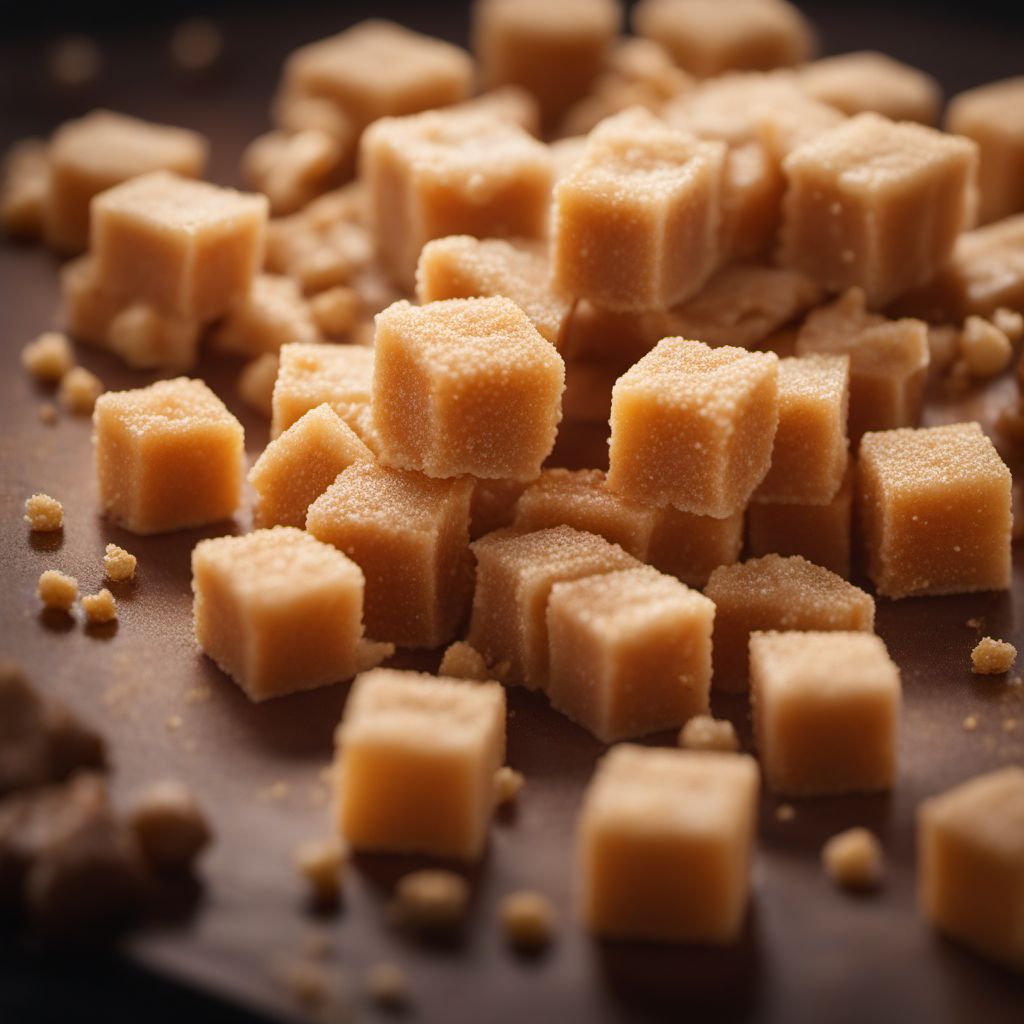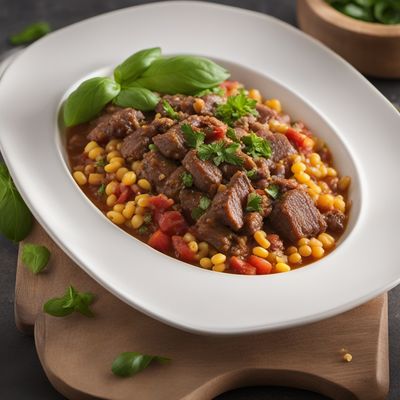
Ingredient
Stock cube or granulate, beef
The Essence of Beef Stock
Beef stock cubes or granules are made by dehydrating beef broth, resulting in a concentrated form that is easily dissolved in liquid. They have a savory, umami flavor with hints of beefiness, enhancing the taste of soups, stews, sauces, and gravies. The granules are small, dry, and crumbly, while the cubes are compact and dissolve slowly when added to hot liquid.
Origins and history
Beef stock has a long history, with roots dating back to ancient civilizations. It has been used in various cuisines around the world, including European, Asian, and American. Beef stock is often associated with hearty dishes and comfort food, and its rich flavor adds depth to many traditional recipes.
Nutritional information
Beef stock cubes or granules are low in calories and fat, but they are high in sodium. They also contain small amounts of protein and minerals like iron and potassium.
Allergens
Beef stock cubes or granules may contain allergens like wheat, soy, or celery, depending on the brand and specific ingredients used. It is important to read the label carefully if you have any allergies or dietary restrictions.
How to select
When selecting beef stock cubes or granules, look for brands that use high-quality ingredients and have a rich, beefy aroma. Opt for low-sodium options if you are watching your salt intake. Check the expiration date to ensure freshness.
Storage recommendations
Store beef stock cubes or granules in a cool, dry place, away from direct sunlight and moisture. Once opened, keep them tightly sealed to prevent moisture absorption. Follow the manufacturer's instructions for specific storage recommendations.
How to produce
Beef stock cubes or granules are typically produced by commercial manufacturers using specialized equipment and processes. It requires dehydrating beef broth and forming it into cubes or granules. This process is best left to professionals.
Preparation tips
To prepare beef stock, dissolve a cube or granules in hot water according to the package instructions. It can be used as a base for soups, stews, sauces, and gravies, or to add flavor to rice, pasta, and other dishes. For a richer flavor, simmer the stock with additional ingredients like vegetables, herbs, or bones. Use it judiciously, as it can be quite salty.
Culinary uses
Beef stock cubes or granules are commonly used in a variety of dishes, including beef stew, French onion soup, gravy, and risotto. They are also a convenient option for adding flavor to vegetarian or vegan dishes that require a meaty taste.
Availability
Beef stock cubes or granules are widely available in grocery stores, supermarkets, and online retailers. They can be found in the soup or broth section of the store, usually near other stock varieties.
More ingredients from this category
Recipes using Stock cube or granulate, beef » Browse all

Pittsburgh-style Mini Meat Dumplings
Steel City Delights: Pittsburgh-inspired Mini Meat Dumplings

Estonian-inspired Frita with Pickled Beets and Dill Cream
Beet-infused Frita: A Taste of Estonia with a Cuban Twist

Steak and Kidney Pudding
Savory Delight: Traditional British Steak and Kidney Pudding

Parisian Delight: Hazelnut Cream-Filled Choux Pastry
Eclat de Paris: A Decadent Twist on the Classic French Delicacy

Central African Lovo Feast
Savory Delights from the Heart of Central Africa

Swedish Meatballs with Lingonberry Sauce
Savory Swedish Delight: Homemade Meatballs with Tangy Lingonberry Sauce

Greek-style Meatball Soup
Mediterranean Delight: Savory Greek Meatball Soup

Indonesian Beef Semur
Savory Slow-Cooked Indonesian Beef Stew

Occhi di Santa Lucia - Omaha Style
Savory Stuffed Beef Rolls - A Taste of Omaha

Dutch-Style Fried Eggs with Spiced Ground Meat
Dutch Delight: Spiced Ground Meat with Fried Eggs

Traditional Tteokguk Recipe
Hearty Rice Cake Soup: A Korean Delight

Sudanese-style Spiced Meat Cutlets
Savory Sudanese Meat Cutlets with a Spicy Twist